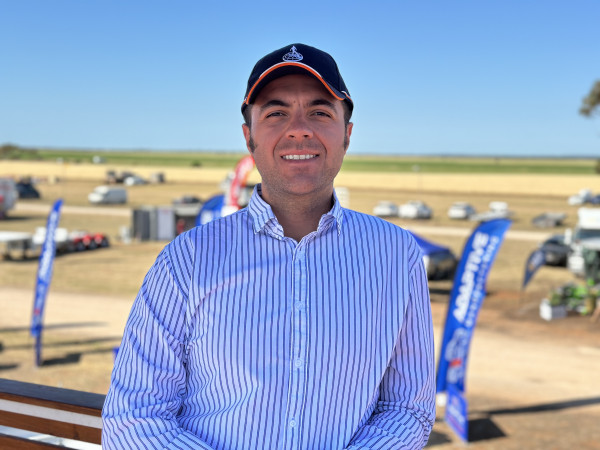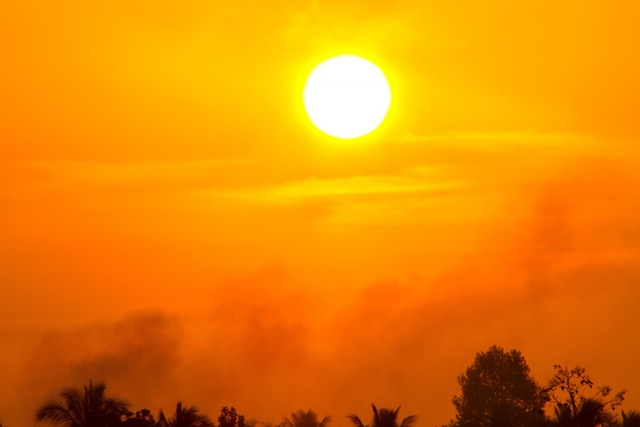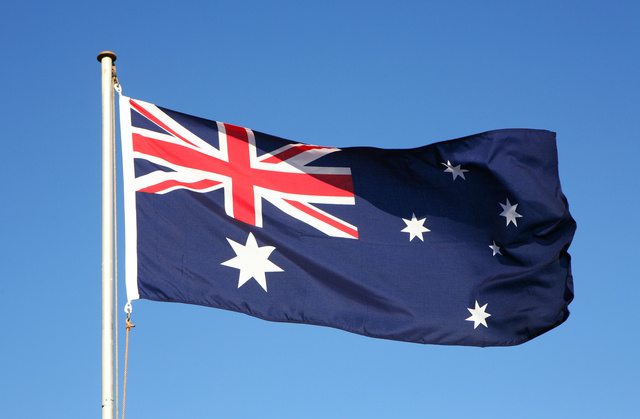FARMERS are expected to plant 23.55 million hectares to winter crops this year – up more than 3 per cent on 2023 – despite a mixed start to the season, Rabobank reports in its 2024/25 Australian Winter Crop Outlook.
The specialist agribusiness bank said the increase in planting was driven by a positive outlook for New South Wales and Queensland as well as overall better margins year-on-year.
However, while overall planting was projected to increase, total Australian production of grains and oilseeds for 2024/25 would be contingent on the expected onset of a late-season La Niña weather pattern in the second half of the year, according to report author RaboResearch analyst Vitor Pistoia.
“It’s currently a ‘tale of two coasts’, at least for the season’s start, with strong early sowing in the east, but a dry start in the west,” he said.
The bank expected total crop production to be near average for the 2024/25 winter season on the back of the forecast La Niña and the dry start in the west as well as parts of South Australia and Victoria.
“Assuming a tough start for Western Australia, South Australia and western Victoria, with a mid-to-late season recovery following better rainfall due to La Niña, we forecast overall production for winter crops will reach 46.3 million tonnes,” Mr Pistoia said.
Planting – ‘Wheat surges’
THIS year’s winter crop planting – representing a 3.6 per cent increase on 2023/24 though down 1.8 per cent on the five-year average – will favour wheat, with area planted to wheat forecast by Rabobank to surge 7.7 per cent (961,000 hectares) higher than last year to 13.48 million hectares.
Canola, however, is set to lose ground – projected to shrink 12.7 per cent (450,000 hectares) to 3.11 million hectares, due to dry conditions in Western Australia and South Australia as well as potential lower gross margins compared with previous seasons.
This would see wheat acreage at 6.9 per cent above the five-year average and canola still at 5.1 per cent above its five-year average despite the acreage decline.
Barley will likely take second place in the expansion this year, the report said, with an estimated 5.1 per cent (210,000 hectare) rise on last year’s planting to 4.33 million hectares. This, however, would be 10.3 per cent below the five-year average.
“Oats will likely show a minimal uptick of 12,000 hectares to a total of 0.7 million hectares, while planting intentions for pulses suggest acreage growth of 5.2 per cent year-on-year to 1.93 million hectares,” Mr Pistoia said.
Production
FOR 2024/25, grain and oilseeds production, the bank’s ‘base case’ total winter crop forecast of 46.3 million tonnes comprises 27.4 million tonnes of wheat (projected to be up 5.7 per cent on the previous year).
Rabobank said barley production is forecast to come in at 10.0 million tonnes (down 7.2 per cent on last year), while canola volumes are projected to be down 11.4 per cent to five million tonnes.
Oats and pulses were also expected to “lose tonnage” this year, according to the report – oat production forecast to drop 6.1 per cent on the previous season to 0.96 million tonnes and pulses down 10.8 per cent to 2.8 million tonnes.
Mr Pistoia said the “skewed trend away from other crops” reflected the significant expansion projected for wheat area planting this season.
States
DESPITE the dry start to the season in WA and some other parts of the country, crop plantings were projected to be up or remain relatively steady in every state this year, Rabobank said.
“Despite a delay in the season’s break, Western Australia is on track to increase its cropping area by 3.2 per cent from last season to 8.905 million hectares,” Mr Pistoia said.
“Crop margins are in a better position compared with last year and paddocks that went fallow will re-enter cropping programs.”
New South Wales’s cropping area is projected to increase 3.5 per cent on last year to 5.712 million hectares, with renewed optimism in the northern part of the state due to improved soil moisture levels.
Meanwhile, Queensland’s crop planting intentions have “rocketed” and show the biggest year-on-year area increase in the country – up 31.7 per cent to 1.475 million hectares.
In Victoria, planted area is forecast to remain steady at 3.541 million hectares – albeit down marginally (by 0.1 per cent) on the previous season. This, however, would still represent the second biggest winter area ever cropped in the state, Mr Pistoia said, at just 1.4 per cent under the 2020/21 record.
Winter cropping area is also poised to remain relatively stable year-on-year in South Australia, Rabobank said, although with a significant drop in canola planted but an increase in pulses. The state’s total crop planting is projected to increase 0.1 per cent on the previous season to 3.916 million hectares.







